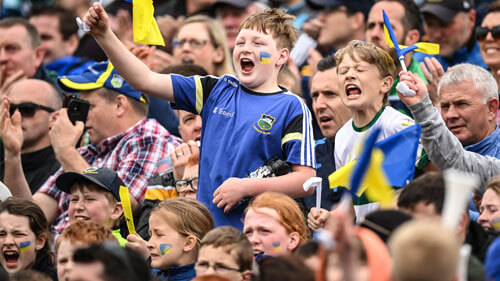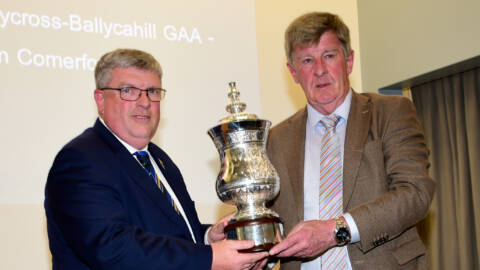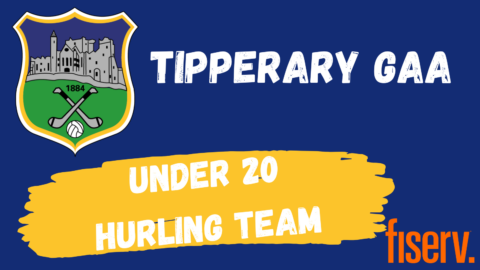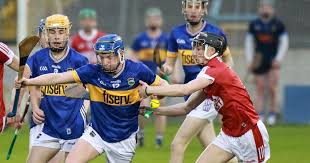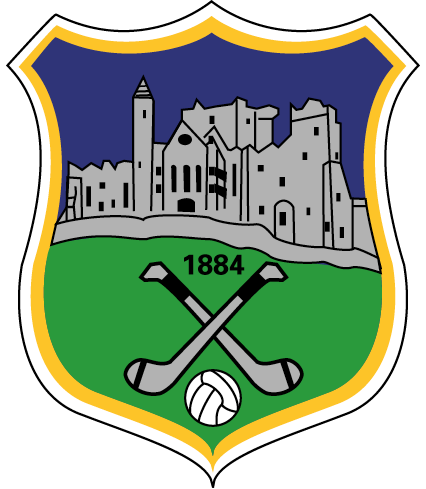The formation of the county championship groups offers a neat follow-on to my piece last week on the comings and goings of clubs as they put management teams in place for the new season. Clubs countywide watched anxiously on Monday night for word on who they are due to face once action commences.
These draws matter as teams size-up their prospects for progress in 2015. In a sense the divisional championships are peripheral because the main action focuses on the county groups, which really decides the hierarch within the county.
There are some interesting line-ups in the top tier of sixteen clubs once again divided into groups of four. Champions Sarsfields return to this section for 2015 and will play-off with Upperchurch, Moycarkey and Kildangan. Interestingly then Gary Mernagh will face his old colleagues in Sarsfields as manager of the country cousins from Upperchurch.
Drom/Inch just can’t seem to escape Borris-Ileigh – or perhaps that should be the other way round? The pair is joined in that group by Burgess and Kilruane MacDonaghs. Group three will present fixture difficulties with three of the four nominally dual clubs: Loughmore, Killenaule and Annacarty. They are joined by Lorrha.
The final group in this section amazingly sees Nenagh, Clonoulty and Templederry together once again as they were in 2014. They are joined this time by Ballina.
In the lower tier, or Roinn 2 to give it its official name, relegation is the lurking shadow that will spook some sides in particular. Most of those at risk were third seeds so they have been drawn in different groups. Ballingarry escaped relegation last time and this year will probably feel that their tie with Boherlahan will be the critical one. Toomevara and Mullinahone are also in that group.
Cappawhite, Moneygall and Portroe were together last year and once more they’re set to battle it out in 2015. This time they are joined by Silvermines. With just fifteen sides in tier two this year one group has only three teams; Roscrea, Holycross and Borrisokane. The remaining group sees J.K. Bracken’s and Kickhams side by side once again, this time joined by Swans and newly-promoted Moyne/Templetuohy.
Some interesting combinations then as the battle lines are drawn for 2015. By season’s end our pool of senior sides will be down to thirty.
Elsewhere the dust is beginning to settle on the hurling 2020 report with Congress set to decide on key playing rule changes. The media spotlight was obviously drawn to issues like penalties and the allowing of replacements for players on two yellow cards, but other aspects of the review were either glossed over or ignored entirely.
This is certainly the view of committee secretary, Ed Donnelly, and one has to admit that he has a point. In particular he feels that the section dealing with hurling participation levels and how to improve them deserved a lot more attention.
So what had the report to say on this critical aspect of our favourite national game?
Well, the report begins by highlighting the obvious narrow hurling base which has always been in existence. Do we need reminding that just three counties have won fifteen of the last sixteen All Ireland senior titles? Hurling is a minority game then, clearly overshadowed by the far more widespread sister game.
However, when it comes to tackling this issue of spreading the hurling gospel Liam Sheedy’s committee offers some outline proposals but not a lot of specific detail; there are some skeletal suggestions but, I’d suggest, very little meat on the bones.
Counties are divided into three tiers with a different target for each layer. The report wants to protect the game among the top nine counties, grow the game among the next strand of nine and develop the game among the remaining units. There are a lot of nice-sounding buzz words there, semantics if you will, but in practical terms how are these aims to be achieved?
And achieving the aims is probably where the report comes up short. In fact the committee offloaded responsibility here by suggesting the employment of an external consultancy agency to come up with a ‘best practice’ blueprint. They then want a director of hurling appointed to oversee developments in the different areas. In essence they want others to come up with the solutions and then deliver them.
In one sense we can sympathise with the committee because there have been lots of reports in the past which achieved nothing and various attempts to spread hurling have met with modest success for a while and then the status quo reasserts itself. It’s hard to see how the future will be any different.
Part of the problem, of course, is that awkward elephant in the room, which nobody dares to mention: the dual mandate. Uniquely the GAA is charged with fostering, in parallel, two very different games with mass participation. Paudie Butler very diplomatically suggested recently that the two can be nurtured side by side.
I’m afraid the evidence doesn’t support the Drom/Inch man. Inevitably one game puts down very deep roots and the other is forever destined to live in its shadow. If I can extend the forestry metaphor further we might say that for most counties football is the towering oak while hurling is the stunted bush struggling in its shade.
Perhaps this is inevitable. With two games choices will always be made so that parity of esteem will rarely follow. With hurling there’s the added difficulty that the skill level demands nurturing from an early age, requiring exclusive commitment. In football areas that will rarely happen. Anyway the debate goes on.
Meanwhile Thurles CBS are back in the Harty final for the first time since losing the 2010 decider to Ardscoil Ris of Limerick. A one-point win over Castletroy CC last Saturday sets up a final date with Rochestown of Cork on Saturday February 21 at Mallow. It will be a novel final pairing – and one to anticipate.
Unfortunately there’s controversy in the background. In the quarter-final Thurles saw off another Cork school, Gaelcolaiste Mhuire, but it came at a price. Wing back, Ronan Heffernan from Clonoulty, was red-carded after the final whistle. The player, it seems, was cited by an umpire and received a two-game ban. He missed last Saturday’s semi-final and will also have to sit out the final if the suspension holds.
The CBS is adamant that a major injustice has been done and have pursued the case vigorously. They took their appeal to Munster Council armed with a school video of the final moments of the match. They were beaten by the casting vote of the chairman after that committee tied three-all on the issue. Then last weekend they took the case to Croke Park, but again without success. Whether to visit last chance saloon, the DRA, is now under consideration by the school?
It’s an unfortunate backdrop to the upcoming final. There is a view in the school that the authorities have put more store in backing match officials than seeing justice prevail. We’ll watch developments.
Backing match officials might become an issue too following our footballers’ visit to Armagh last Sunday. Peter Creedon was clearly irate after a late, late point gave the locals the spoils. The lateness of the winner on top of a few other crucial calls during the match left the manager fuming. In fairness he’s not one noted for sideline hysterics so we can assume that he felt he had cause after being so close to a famous result.
Generally referees embrace draws so why an official would play even more extra time following a leveller is difficult to fathom. Anyway I’ve just heard that the Tipp manager hasn’t been cited by the referee so maybe we’ll hear no more on that front.
By Jonathan Cullen Thu 5th Feb
